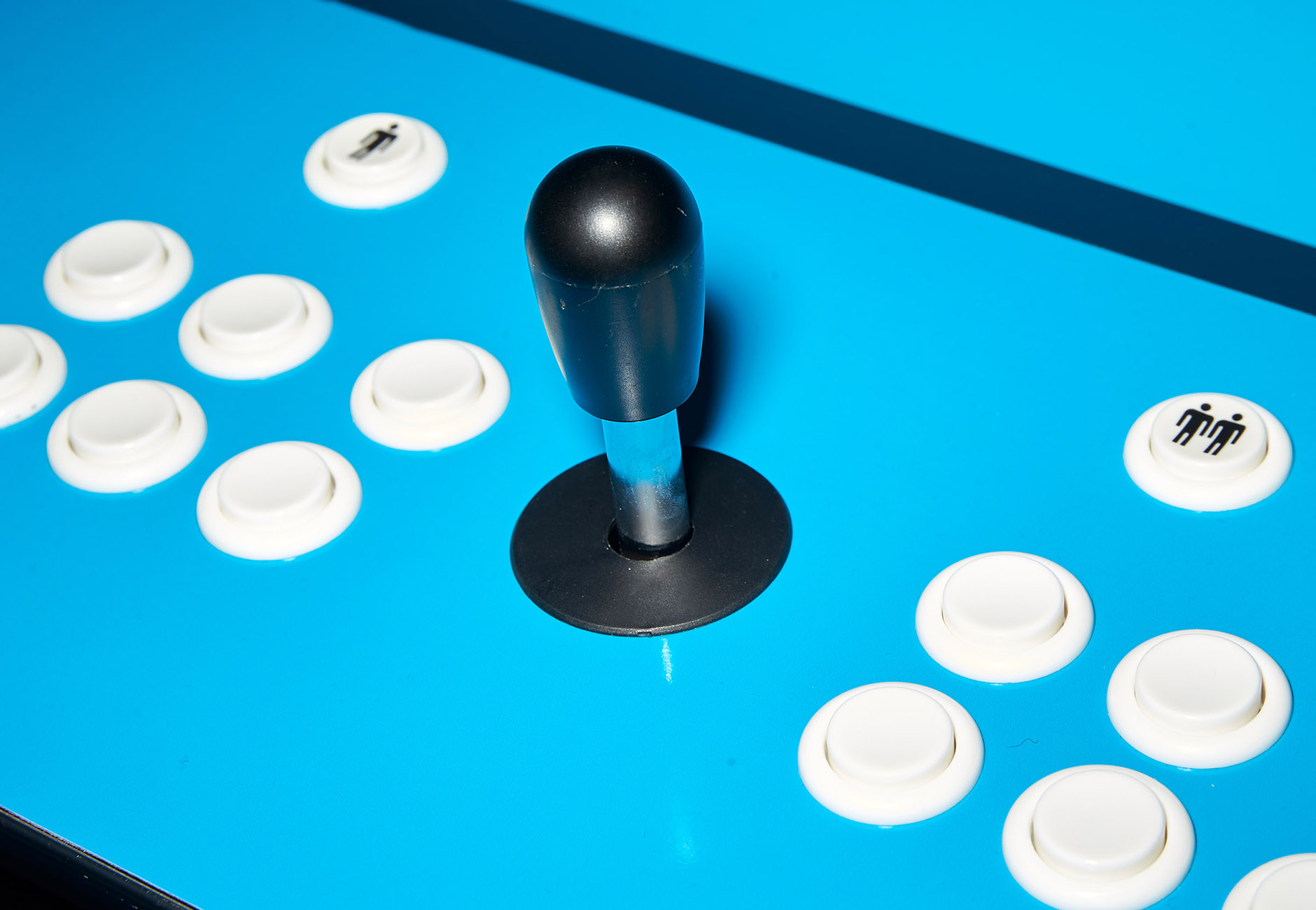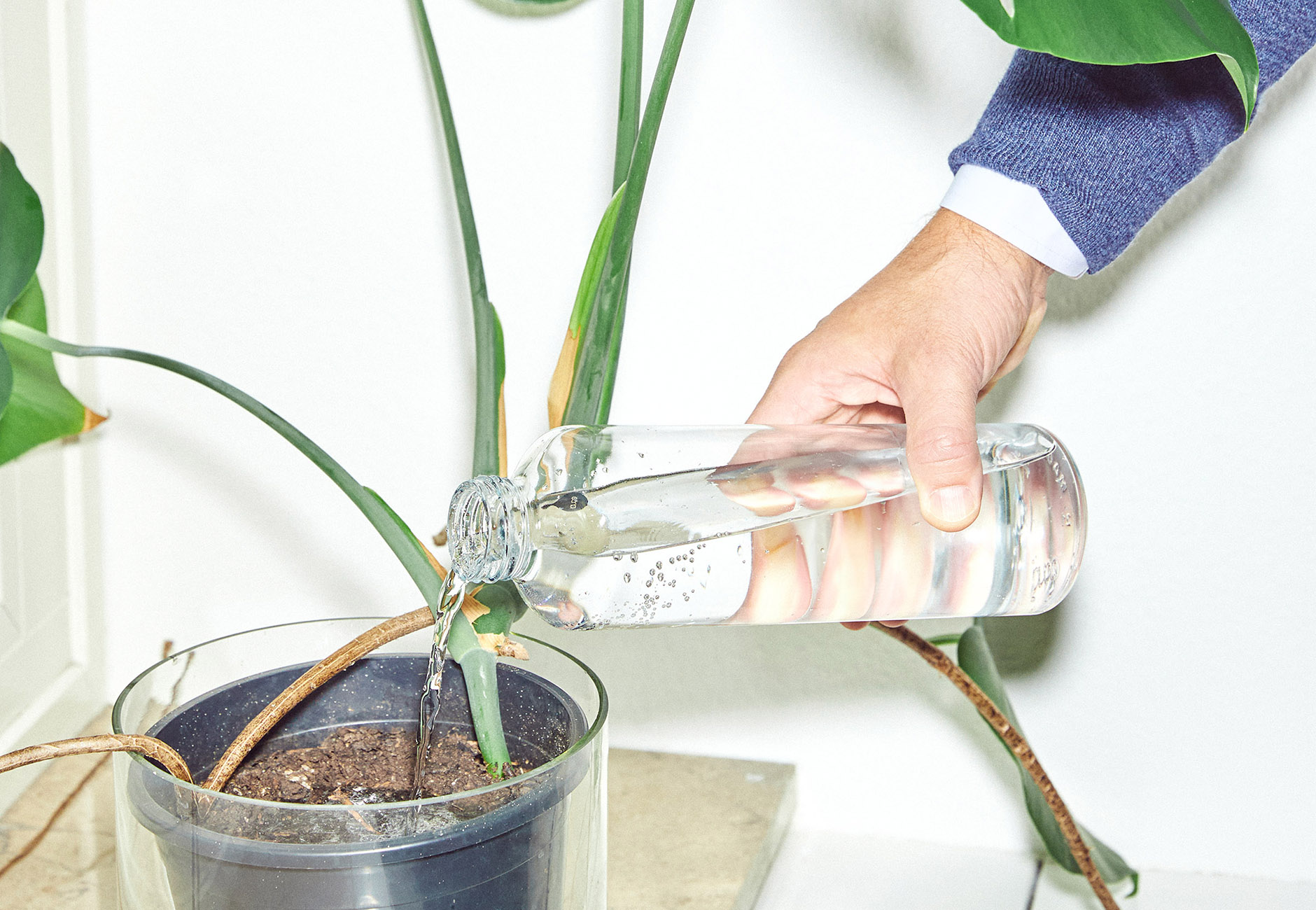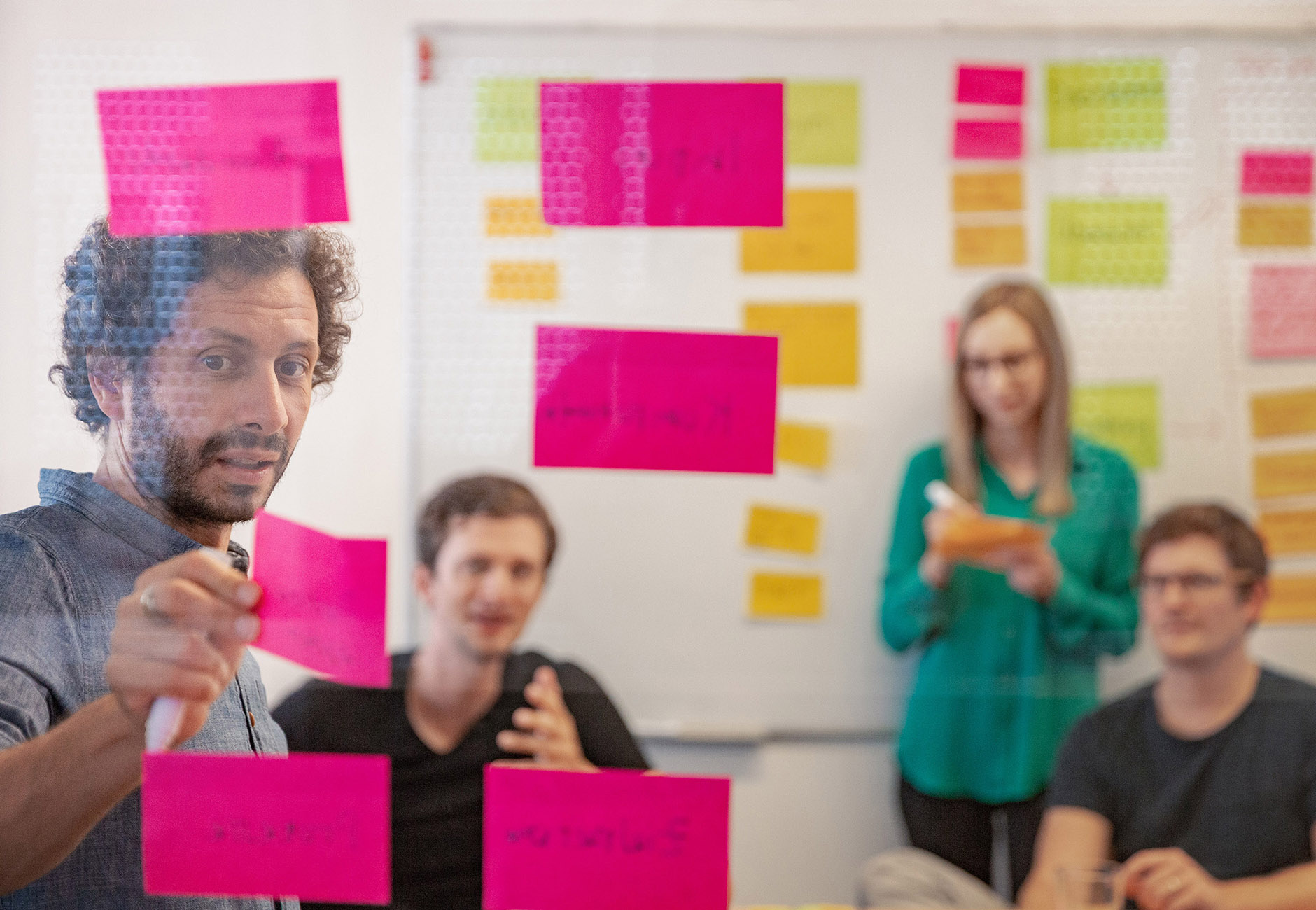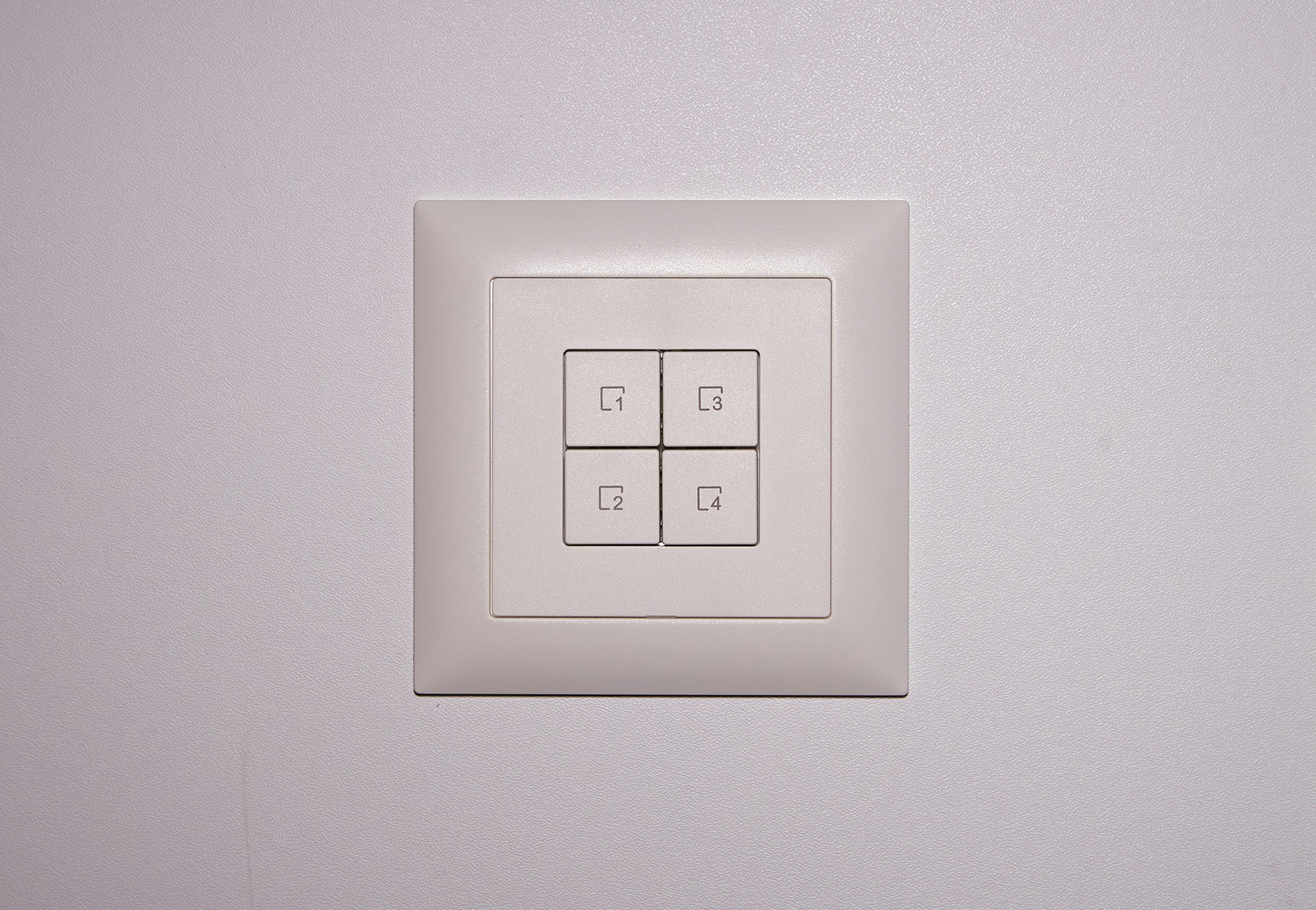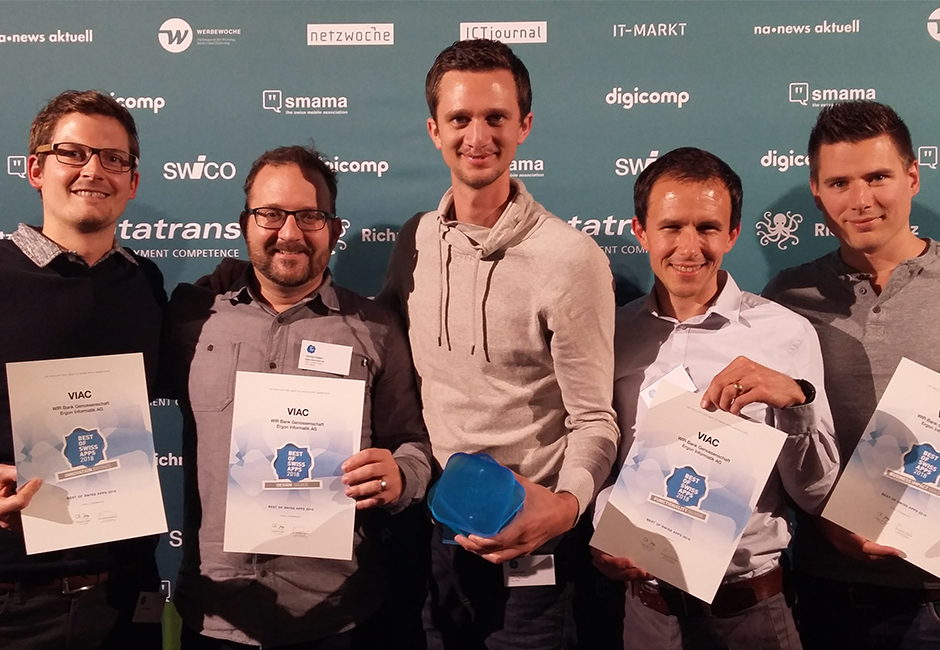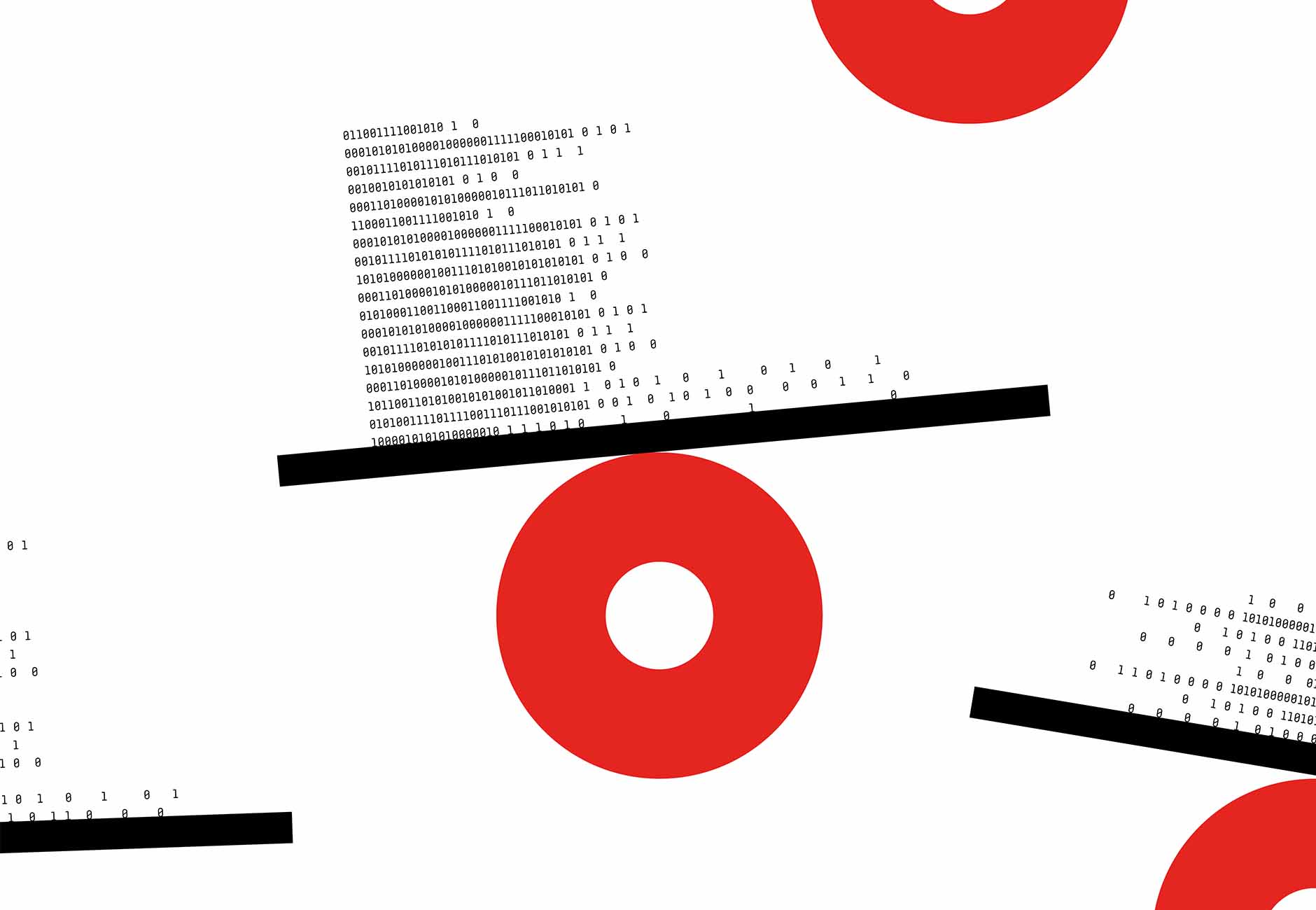Human-centred design forms the foundation of effective and useful solutions with the ideal user experience. The person is the focal point, from the idea through to implementation. Together, we analyse and identify the needs and requirements of your users, thus creating a genuinely intuitive and appealing user interface. Business goals are always user goals as well. Underpinned by scientific methods and the latest findings, we help your clients to achieve their goals.
Why choose Ergon for a better user experience?
-
UX experts with engineering, psychology and design know-how
-
Design, development and consulting – all from a single source
-
Experts for complex systems
-
Superb solutions designed to overcome your specific challenges
-
The right method for your project
Our services in the user experience design sector
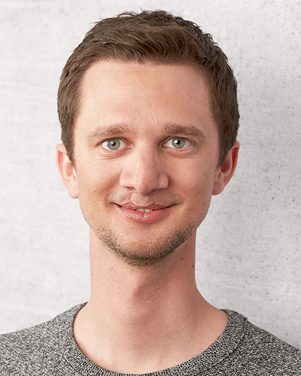
“The close cooperation with the UX team and the developers was the secret ingredient that resulted in a brilliant product.”
How we use UX design to guide you to success
Collaborative
Together we are strong – close, transparent cooperation makes change management simple. Users are involved early on to create innovative solutions.
Iterative
We work in cycles, collect feedback and adapt solution components accordingly. Continuously optimising until we achieve perfection.
Four phases
Understand, define, develop and finalise – four phases we go through to achieve goals. Our curiosity and focus lead us to the best solution.
Wide variety of methods
User interviews, personas, prototyping, usability tests – we always find the right combination of proven and innovative methods.
What is human-centred design and why is it important?
The best clients are satisfied clients. That is why human-centred design puts your users at the very heart of the design and development process. If you understand the needs of your users from the very outset, you will identify any design problems in good time. So development teams work more efficiently and shorten the time to market. Also, users enjoy working on an intuitive, user-friendly interface where they can achieve their goals faster – which, in turn, boosts client loyalty and makes your company stronger.
